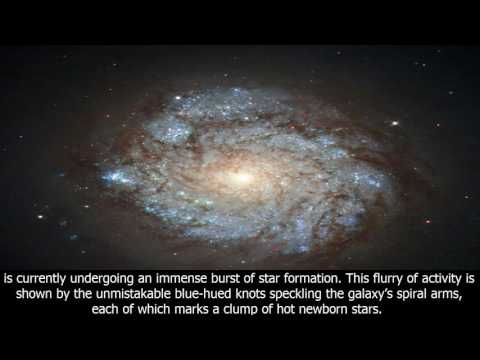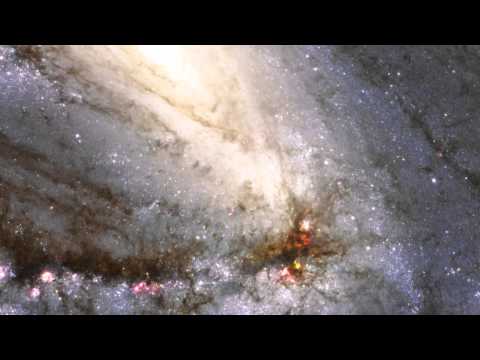Unraveling the Mysteries of Galaxy Formation
The universe is a vast and mysterious place, filled with countless galaxies that stretch across unimaginable distances. But how did these galaxies come to be? What processes were involved in their formation? These are questions that have puzzled astronomers and astrophysicists for centuries, and the answers are just starting to come into focus.
One of the key theories about galaxy formation is known as the hierarchical model. According to this model, galaxies formed through a process of mergers and collisions between smaller structures known as protogalactic clouds. These clouds were made up of gas and dust left over from the Big Bang, and as they collided and merged over billions of years, they eventually formed the giant spiral and elliptical galaxies that we see today.
Another important factor in galaxy formation is dark matter. Dark matter is a mysterious substance that does not emit, absorb, or reflect light, making it nearly impossible to detect directly. However, astronomers have been able to infer its presence through its gravitational effects on visible matter. Dark matter is thought to play a crucial role in galaxy formation, providing the gravitational pull necessary to bring gas and dust together to form stars and galaxies.
Recent advances in technology, such as the Hubble Space Telescope and large ground-based observatories, have allowed astronomers to study galaxies in unprecedented detail. By analyzing the light emitted by galaxies, scientists can learn more about their composition, age, and size, giving them valuable insights into the processes that shaped these cosmic structures.
One of the most exciting recent discoveries in galaxy formation is the existence of so-called “protogalaxies.” These are ancient, primitive galaxies that formed in the early universe, just a few hundred million years after the Big Bang. By studying these protogalaxies, astronomers hope to learn more about the conditions that existed in the early universe and the processes that led to the formation of the galaxies we see today.
As our understanding of galaxy formation continues to evolve, new mysteries and questions arise. For example, researchers are still unsure about the role of supermassive black holes in the center of galaxies, and how they may have influenced the formation and evolution of galaxies over time.
Overall, unraveling the mysteries of galaxy formation is a complex and ongoing process that requires the combined efforts of astronomers, astrophysicists, and cosmologists. By studying the light emitted by galaxies, analyzing their composition, and exploring the effects of dark matter, scientists are slowly piecing together the puzzle of how these cosmic structures came to be. And with each new discovery, we come one step closer to understanding the origins of the universe itself.













